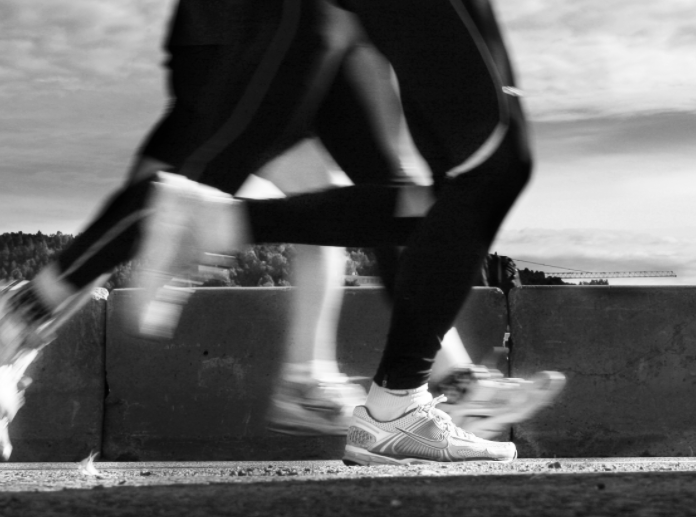Platelet-rich plasma (PRP) therapy has been increasingly used in the field of sports medicine to treat a variety of injuries and conditions. PRP therapy is a regenerative medicine treatment that utilizes a patient’s own blood to promote healing and reduce inflammation. In sports medicine, PRP therapy has been shown to be effective in treating a range of conditions, including chronic tendon injuries, muscle strains, and joint pain.
How PRP Therapy Works in Sports Medicine
PRP therapy involves extracting a small amount of blood from the patient, processing it to concentrate the platelets, and then injecting the concentrated platelets into the injured area. The platelets contain growth factors and other healing components that can promote tissue regeneration and accelerate the healing process.
In sports medicine, PRP therapy is used to promote healing and reduce inflammation in injuries such as:
Tendinopathy: Tendinopathy is a chronic tendon injury that causes pain and inflammation. PRP therapy has been shown to be effective in reducing pain and promoting healing in tendinopathy, including Achilles tendinopathy, tennis elbow, and patellar tendinopathy.
Muscle strains: Muscle strains are common injuries in athletes that can cause pain and inflammation. PRP therapy can be used to reduce inflammation and promote healing in muscle strains, including hamstring and quadriceps strains.
Joint pain: Joint pain is a common complaint in athletes, especially in the knees and shoulders. PRP therapy has been shown to reduce pain and improve function in patients with knee osteoarthritis and rotator cuff injuries.
Benefits of PRP Therapy in Sports Medicine
PRP therapy offers several benefits for athletes and active individuals, including:
Non-surgical: PRP therapy is a non-surgical treatment that does not require incisions or general anesthesia.
Safe: PRP therapy uses a patient’s own blood, reducing the risk of allergic reactions and rejection.
Effective: PRP therapy has been shown to be effective in promoting healing and reducing pain and inflammation in a variety of sports-related injuries.
Minimal side effects: PRP therapy has minimal side effects, with most patients experiencing only mild discomfort at the injection site.
Faster recovery: PRP therapy can help athletes recover faster from their injuries and return to their sports or activities sooner.
Conclusion
PRP therapy is an increasingly popular treatment option for athletes and active individuals suffering from a variety of sports-related injuries. This therapy offers several benefits, including faster recovery, minimal side effects, and effective healing. If you are an athlete or active individual with a sports-related injury, talk to your healthcare provider to see if PRP therapy is right for you.








